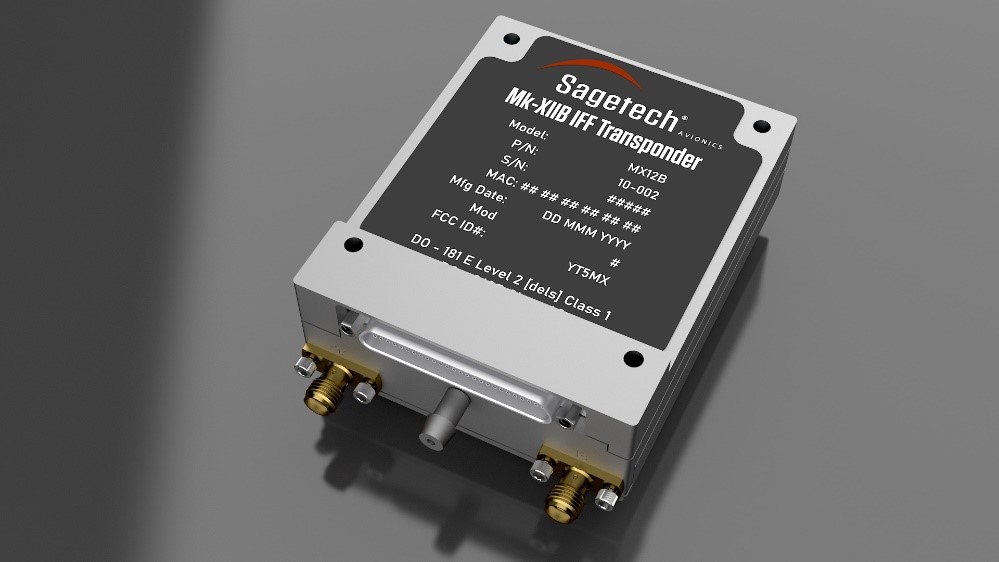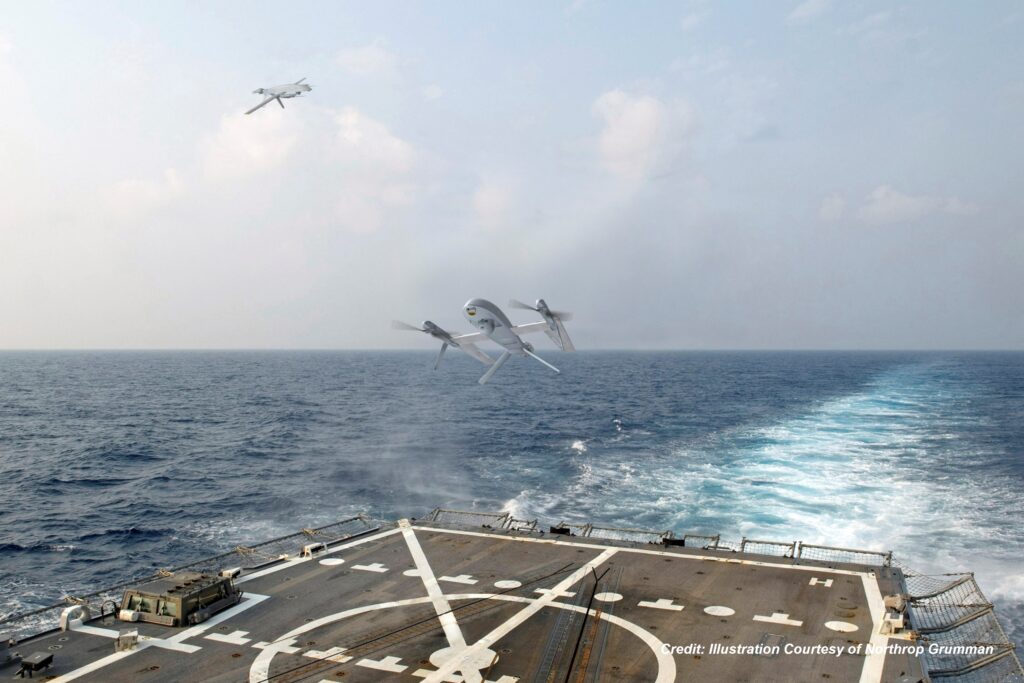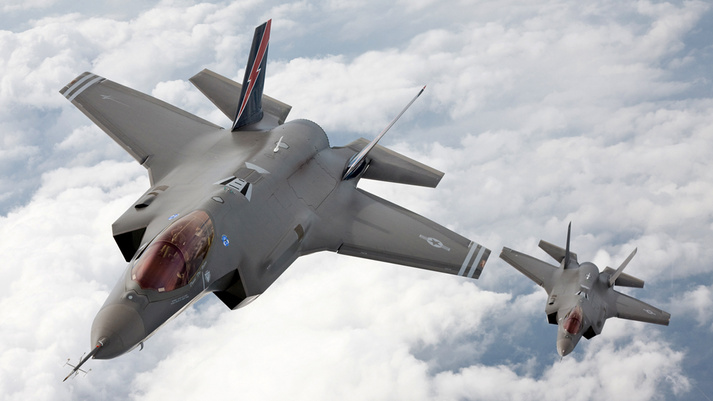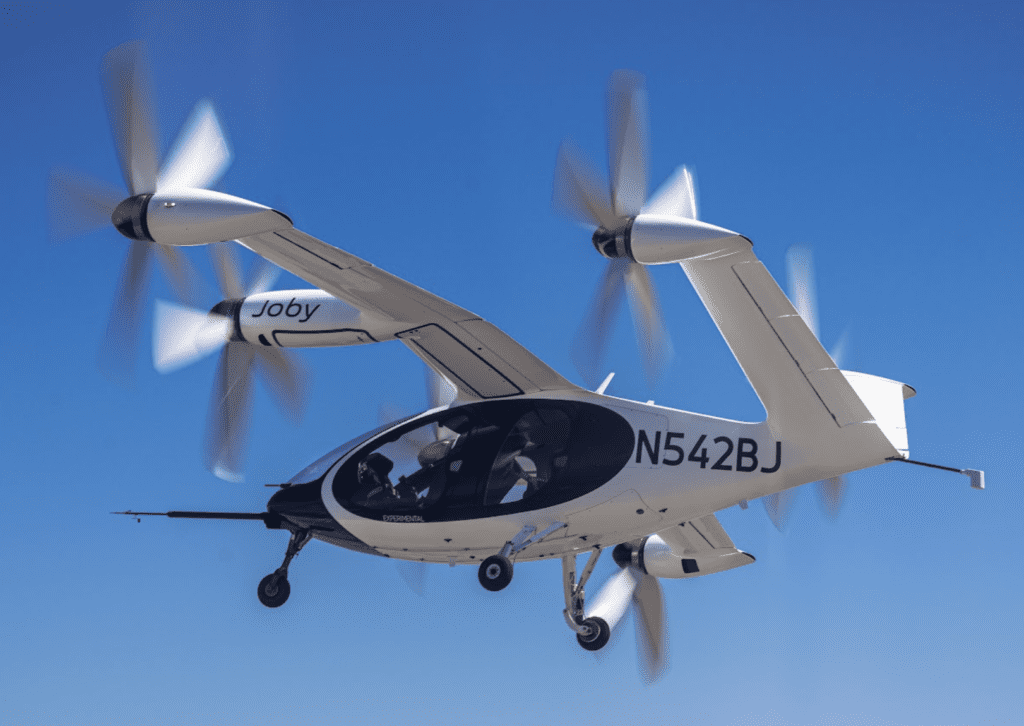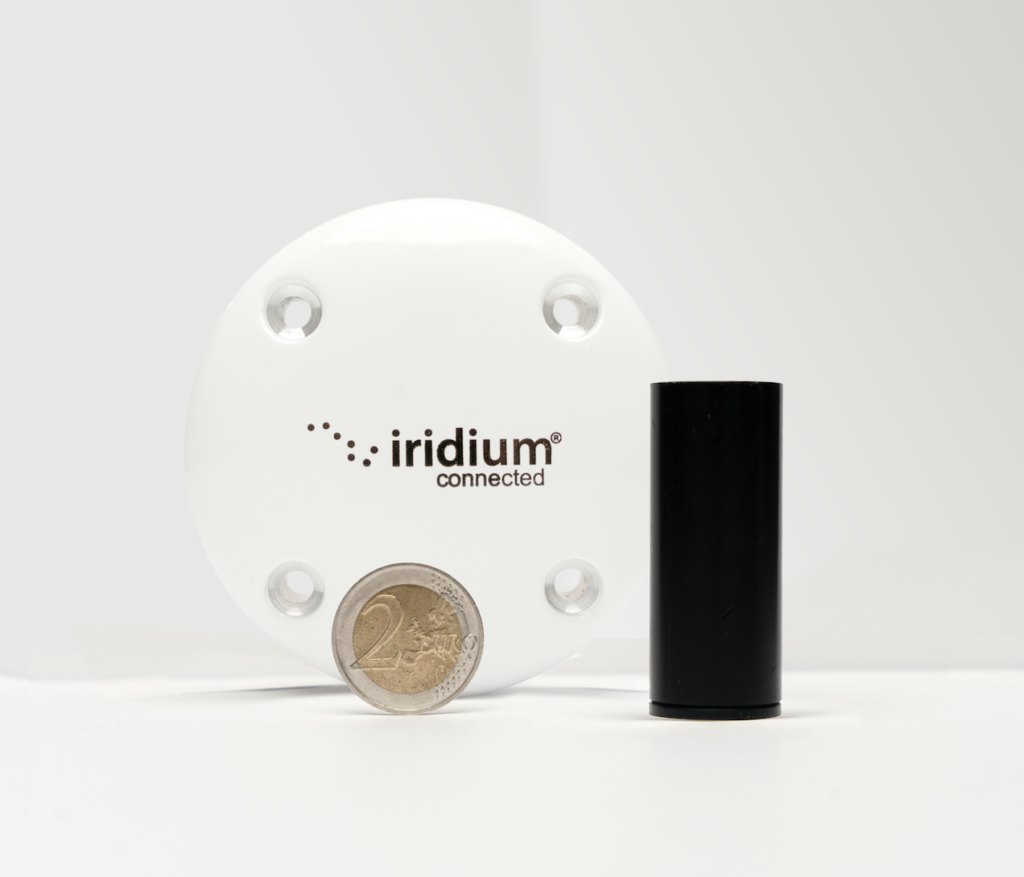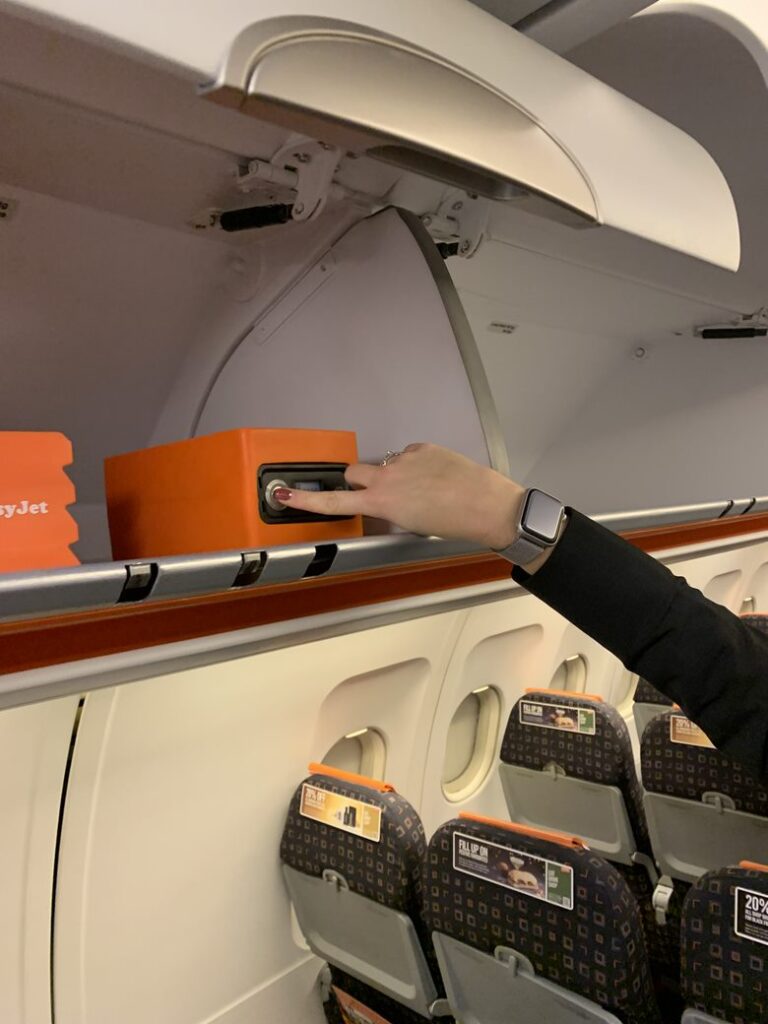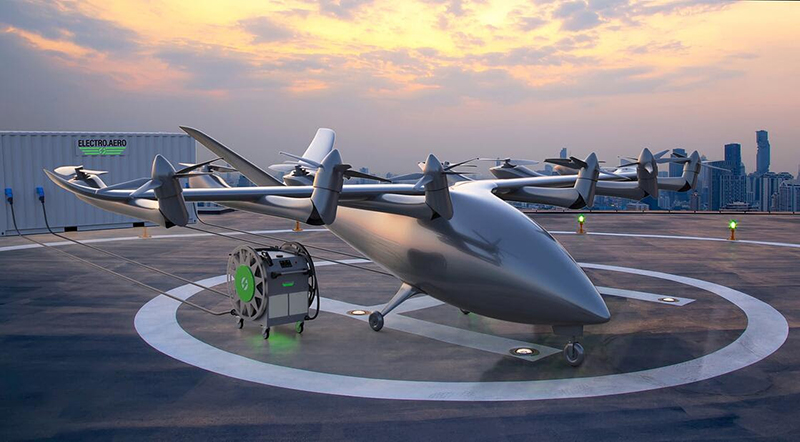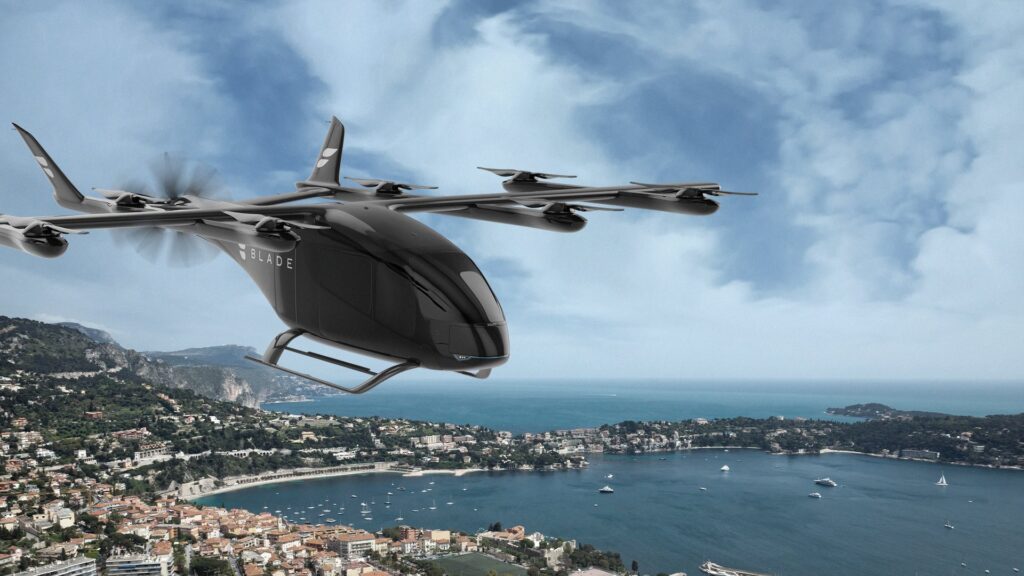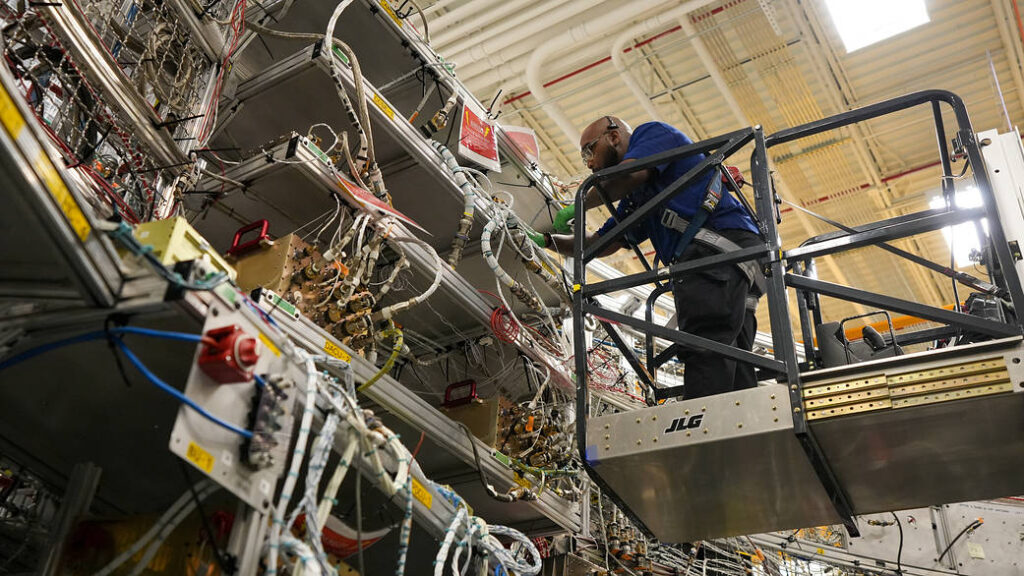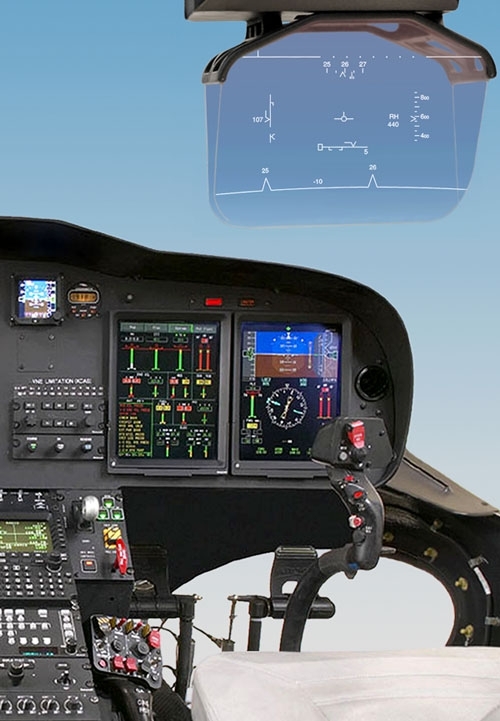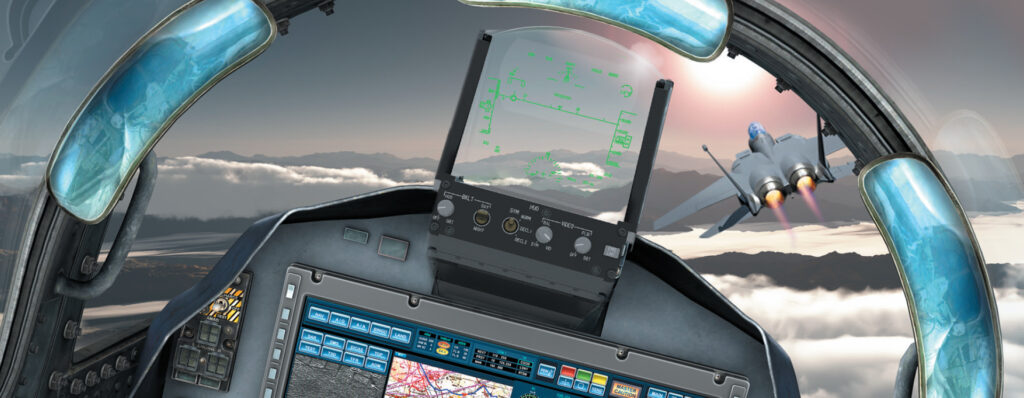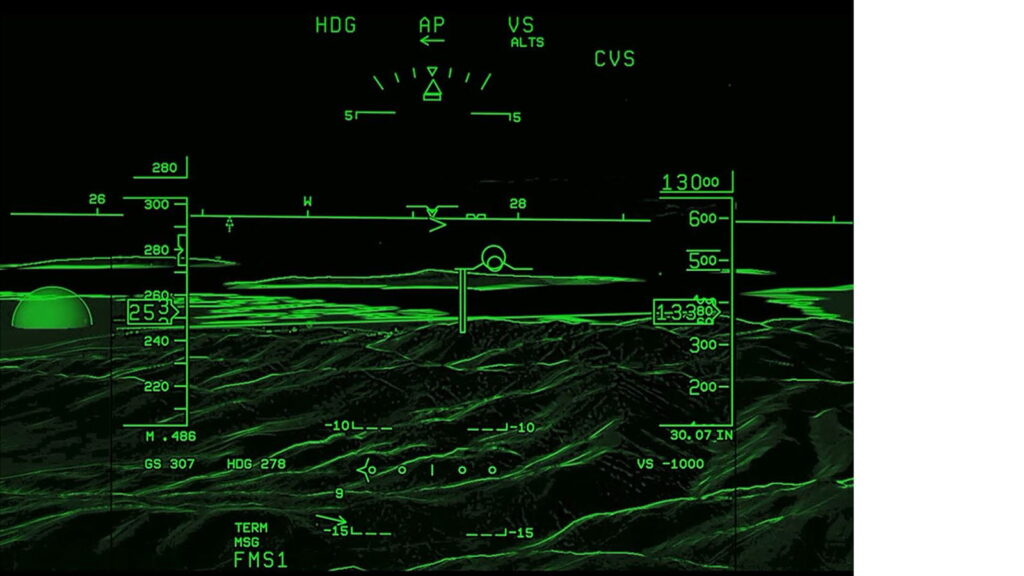OPINION: The Power of Electroforming
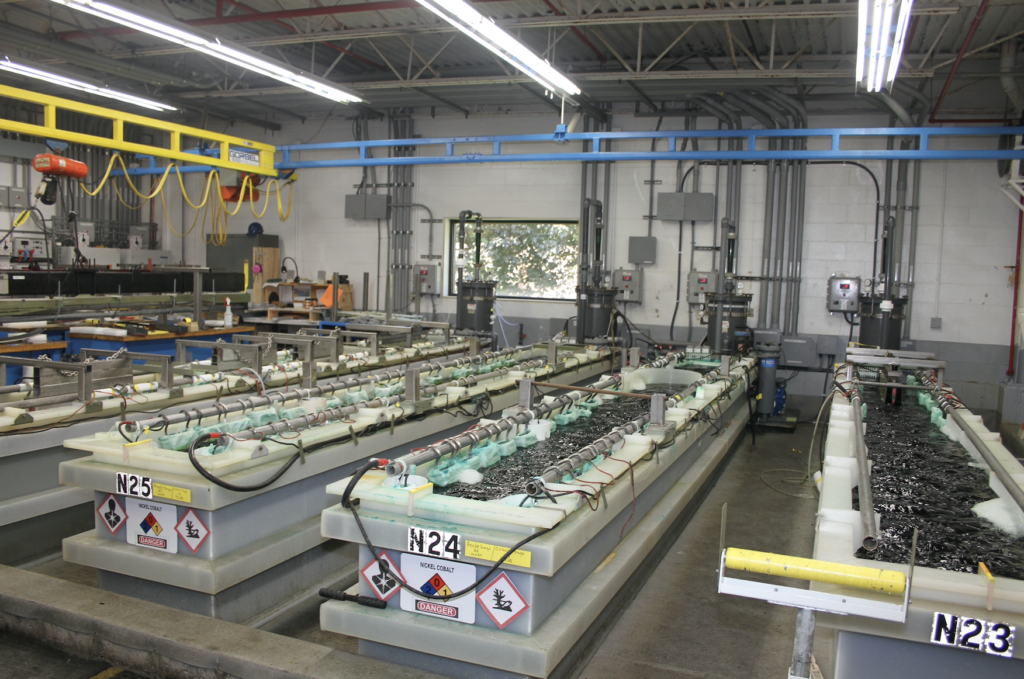

Electroforming is a form of additive manufacturing that joins materials layer by layer. Metal parts are built atom by atom and can reach up to 6,000 pounds in weight. (Photos: AMG)
Helicopters are complex pieces of aviation machinery with a wide range of components that work seamlessly together. One basic premise that all pilots must remember for every flight is this: if the rotors don’t work properly, the elaborate and costly sky chariot goes nowhere.
One of the critical components of rotor blades is abrasion strips, which protect materials on rotors from impact and erosion. Water, dirt, volcanic ash, and sand can all contribute to erosion, which reduces energy efficiency and performance. Helicopters used in military operations are particularly susceptible to sand and abrasion strips—also called leading edge guards—help keep helicopters sky-bound.
The process by which abrasion strips are manufactured is a rarely used process called electroforming. Similar to 3D printing, electroforming joins materials layer by layer. The difference, however, is that electroforming builds up metal parts atom by atom, one tiny piece at a time. Components manufactured through electroforming can be quite large—up to 6,000 pounds and 17 feet long.
Parts for aerospace, defense, and medical industries are made with the electroforming process. Chemical, mechanical, and industrial engineering principles are all interwoven into component production, and the process allows for near-identical reproduction.
Electroforming is a form of additive manufacturing but is more precise than a current manufacturing favorite, 3D printing. “It’s much more widely accepted,” says Luigi Cazzaniga, Director of Engineering for Alpha Metalcraft Group (AMG), one of the world’s leading manufacturers of electroformed components and formerly known as AlphaCoin. “One, because it has been around for more than 100 years. And two, because the process involves depositing material at the molecular level. 3D printing doesn’t have the precision or control over mechanical properties that electroforming can provide.”
Built In a Bath
In electroforming, parts are built using a mandrel, or the inverse model for the component. The electrolytic solution—which is frequently referred to as a bath—includes anode and cathode electrodes. An electric DC current passes through the electrodes, which causes metallic ions in the solution to migrate and attach to the mandrel’s surface. Layers build up around the mandrel.
When the desired thickness is reached, the mold is removed from the solution and the metal atoms, now bonded to each other, are removed from the mandrel. The process allows for the reproduction of the external shape of a mandrel within one micrometer—about 0.000039 inches. For comparison purposes, one hair strand is about 70 micrometers.
AMG’s most commonly used material is nickel, and different additives can affect the tensile strength and stress properties of the component being manufactured. The flexibility to adjust metal properties is one of the primary advantages of electroforming and the properties of the final part can be affected by additives placed into the bath.
“There are several parameters that can be used to impact the properties of an electroformed part,’’ Cazzaniga says. “And that control for the most part is not present in a 3D printed process. Electroforming gives you a level of control all the way down to the microscopic level, as opposed to a macroscopic level.”
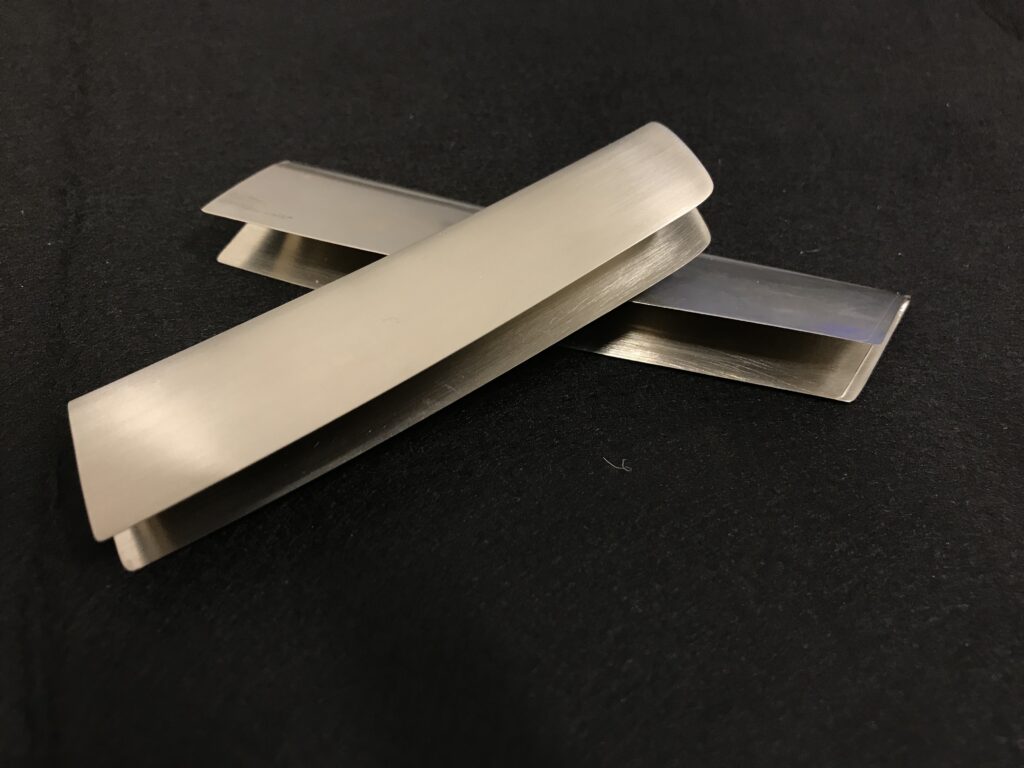
One of the advantages of electroforming is its precision and the ability to manufacture large, heavy, and oversized components.
The Value of Nickel
AMG uses nickel for most of the components it manufactures, but gold and copper are some other materials that can be used.
The advantage of nickel is its availability—the global nickel reserve is about 100 million metric tons—but is also ideal for aerospace applications because nickel-based alloys resist extremely high temperatures, corrosion, and constant wear. Nickel alloys are also some of the strongest materials available and are also good conductors of electricity.
“We often hear the terminology of soft nickel and hard nickel,’’ Cazzaniga says. “We can modify the final properties depending on the customer’s application. The process is generally the same regardless of the size of the part. While the basics of electroforming were established many years ago, it’s the know-how that an individual company has developed over a variety of end-use applications that differentiates one manufacturer [from] another. The flexibility of electroforming really allows us to ‘shape the solution.’”
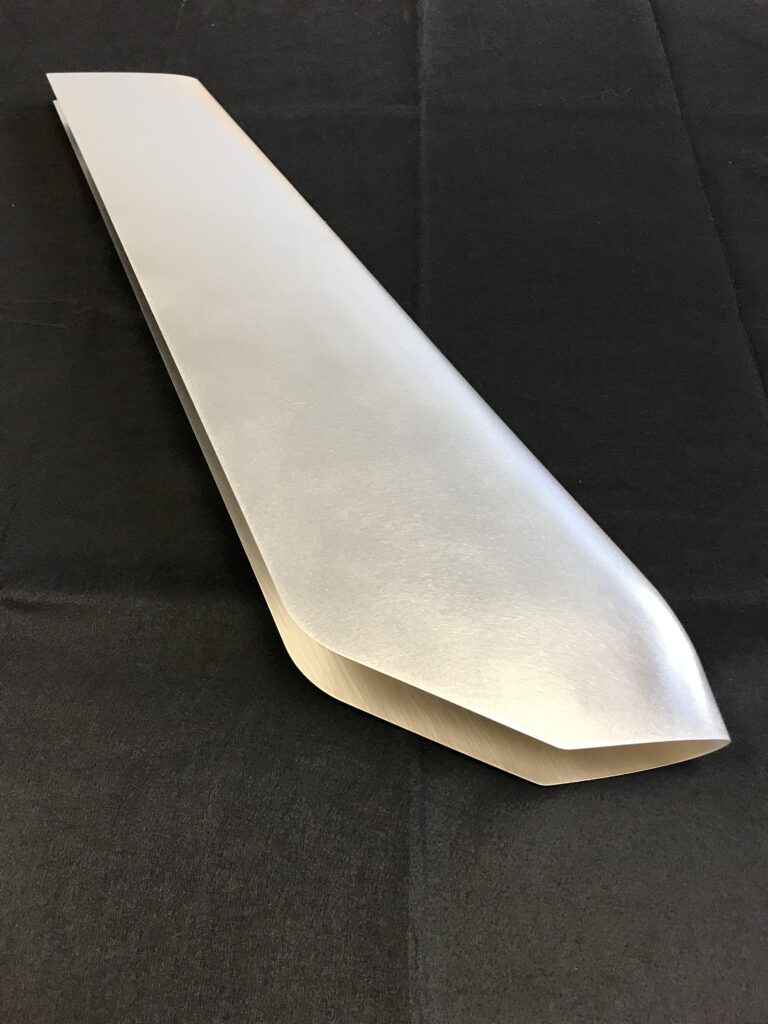
Electroforming is a manufacturing process that is used to make an assortment of aviation components, including leading edge guards.
Better than 3D
Compared to 3D printing, electroforming’s key advantage—besides precision—is the capability to manufacture large, heavy, and oversized components. Alpha Metalcraft Group constructs a rotor blade leading edge guard that is 17 feet long within a few days and can make parts up to 3,000 pounds.
“Large components require more design complexity,’’ Cazzaniga says. “Especially in designing components for aircraft, it’s critical to manage tight tolerances, overall part weight, tensile properties, and abrasion resistance. When done properly, electroforming allows for [the] production of the component without significant post-machining time, which also reduces cost.”
Electroforming also minimizes waste. When the component is complete, it is removed from the mandrel, which is reused to make the next component. Unlike 3D printing, electroforming does not produce waste that must be recycled.
One other advantage of electroforming is that it leads to large production runs. “Once the parameters of the electroforming process for a specific part have been established, it is easy to scale up for larger production runs with relatively minor investment. That’s quite different from 3D printing, where scale-up may involve significant investments in additional equipment,’’ Cazzaniga says.
The aerospace industry requires rigorous controls of materials and tolerances to assure quality, reliability, and safety, which can all be addressed with electroforming. Even rocket ships, which are now being used to transport cargo and personnel into space, are using more electroformed products.
AMG manufactures components via electroforming for the aerospace, defense, and medical industries. As the demand for composite products increases in aviation, so does the demand for electroformed components.
“Electroforming’s capabilities shape the solution and are trusted by some of the biggest companies in the world in the aerospace and defense industries,’’ Cazzaniga says. “Many of their parts are mission-critical. There is no other manufacturing process that can deliver components with the exacting tolerances, material properties, and scale of production that can compare with electroforming for precise metal parts.”
This article was contributed by Thomas Renner, who writes on building, construction, engineering, and other trade industry topics for publications throughout the U.S.
—————
Boost Internet Speed–
Free Business Hosting–
Free Email Account–
Dropcatch–
Free Secure Email–
Secure Email–
Cheap VOIP Calls–
Free Hosting–
Boost Inflight Wifi–
Premium Domains–
Free Domains






